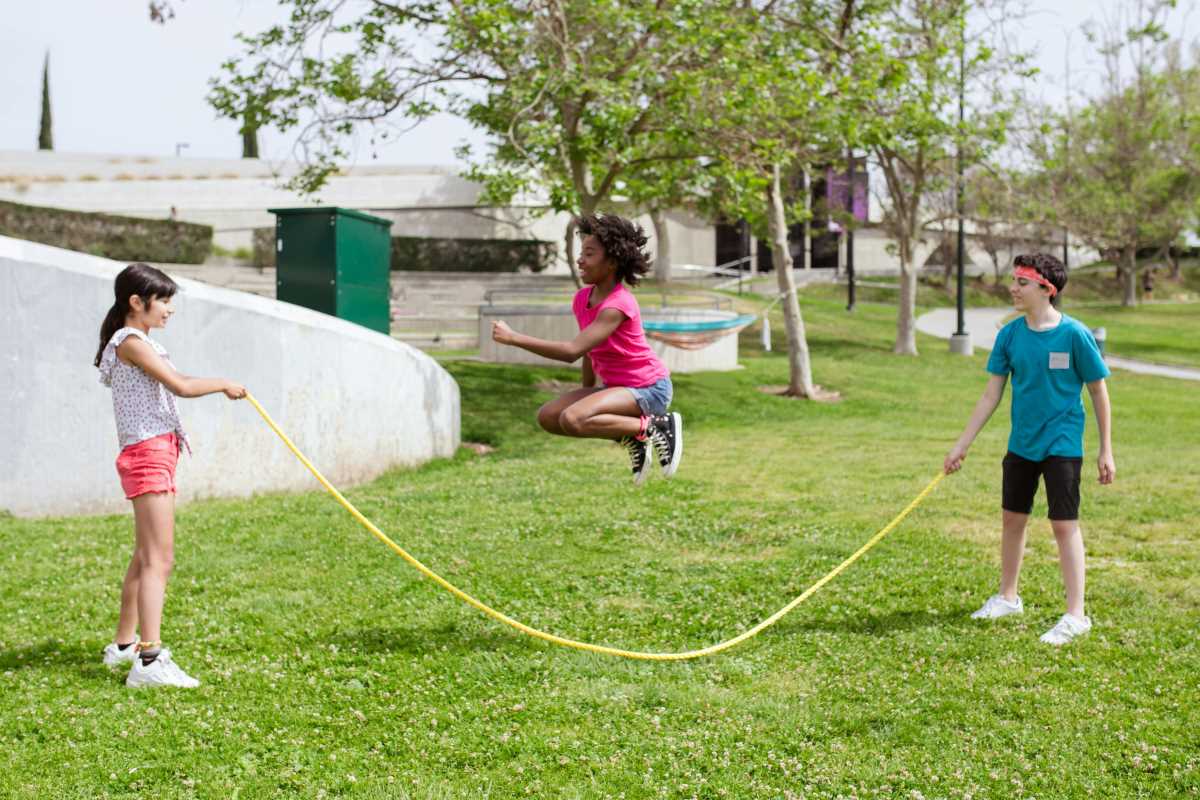Physical fitness holds a fundamental role in shaping the comprehensive development of students by enhancing their bodily health, mental clarity, and emotional stability. Schools have long relied on standardized evaluations such as the beep test to gauge student fitness, primarily measuring cardiovascular endurance. However, evolving perspectives on physical well-being now demand broader assessment techniques that capture a wider range of fitness attributes.
Modern educational environments increasingly incorporate innovative methods that evaluate strength, flexibility, coordination, and endurance while recognizing individual differences. These creative assessments provide detailed insights into each student’s capabilities, allowing educators to tailor programs that promote holistic growth. Such an approach motivates students by offering diverse, engaging activities and fosters a culture of continuous improvement. By integrating creative evaluation methods, schools foster an environment where every student is empowered to achieve personal, lasting health goals while building the foundation for lifelong fitness and well-being for success.
The Beep Test: Origins and Limitations
The beep test, also known as the multi-stage fitness test, has been a staple in schools for decades. Designed to assess aerobic capacity, it involves students running back and forth over a 20-meter distance at increasing speeds, synchronized with audio beeps.
- Limited Scope: The beep test primarily measures cardiovascular endurance, neglecting other aspects of fitness such as strength, flexibility, and coordination.
- Stress-Inducing: The competitive nature of the test can cause anxiety and may demotivate students who struggle to keep up with the increasing pace.
- One-Size-Fits-All Approach: The standardized format does not account for individual differences in fitness levels, leading to inaccurate assessments for some students.
- Injury Risk: The high-intensity nature of the test may increase the risk of injury, especially for students who are not adequately prepared or have underlying health issues.
- Limited Feedback: The beep test provides a single metric without offering detailed insights into a student’s overall fitness or areas needing improvement.
Innovative Fitness Assessment Methods
To address the limitations of traditional fitness assessments, educators explore a variety of innovative methods that offer a more holistic view of student fitness.
- Circuit Training: Combining multiple exercises that target different fitness components, allowing students to demonstrate strength, endurance, and flexibility in a single assessment.
- Fitness Journals: Encouraging students to track their physical activities and progress over time, promoting self-awareness and personal goal setting.
- Peer-Assisted Assessments: Involving students in evaluating each other’s performance, encouraging teamwork and constructive feedback.
- Technology-Enhanced Testing: Utilizing wearable devices and fitness apps to collect real-time data on heart rate, activity levels, and movement patterns.
- Personalized Fitness Plans: Developing individualized assessment plans that cater to each student’s unique fitness levels and goals.
Benefits of Creative Fitness Assessments
Implementing creative fitness assessments offers numerous advantages for both students and educators. These methods provide a more comprehensive understanding of a student’s physical capabilities, encouraging a balanced approach to fitness that includes strength, endurance, flexibility, and coordination.
For students, these assessments can be more engaging and less intimidating than traditional tests. They promote inclusivity by recognizing diverse fitness levels and abilities, thereby creating a positive and supportive environment. Students also gain valuable skills in self-assessment and goal setting, which can enhance their motivation and commitment to maintaining an active lifestyle.
Educators benefit from having access to detailed data that can inform personalized instruction and identify areas where students may need additional support. Creative assessments also inspire teachers to adopt a more dynamic and interactive teaching style, enhancing the overall quality of physical education.
The Role of Teacher Training
Adopting new fitness assessments requires comprehensive teacher training to ensure successful implementation. Educators must gain the knowledge and skills to effectively administer and interpret these assessments. Professional development workshops and training sessions can provide teachers with the necessary tools and methods to integrate creative fitness assessments into their curricula.
Understanding the principles behind various assessment methods is crucial for teachers to tailor their approach to meet the diverse needs of their students. Ongoing support and resources can help educators stay updated with the latest trends and best practices in fitness assessment, creating an environment of continuous improvement and innovation.
Integrating fitness into school curriculums cultivates well-rounded individuals prepared for academic and healthy living challenges. This approach lays the groundwork for a resilient, active, and successful future generation.
 (Image via
(Image via





